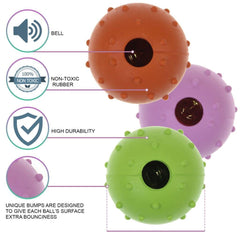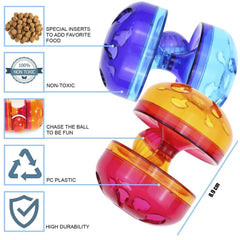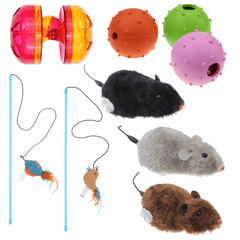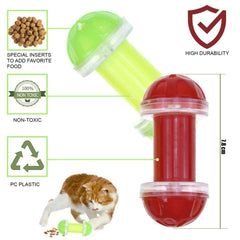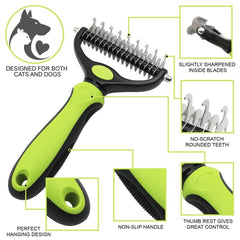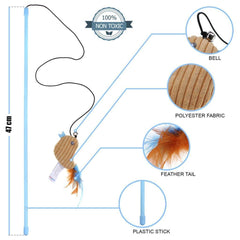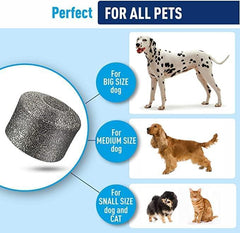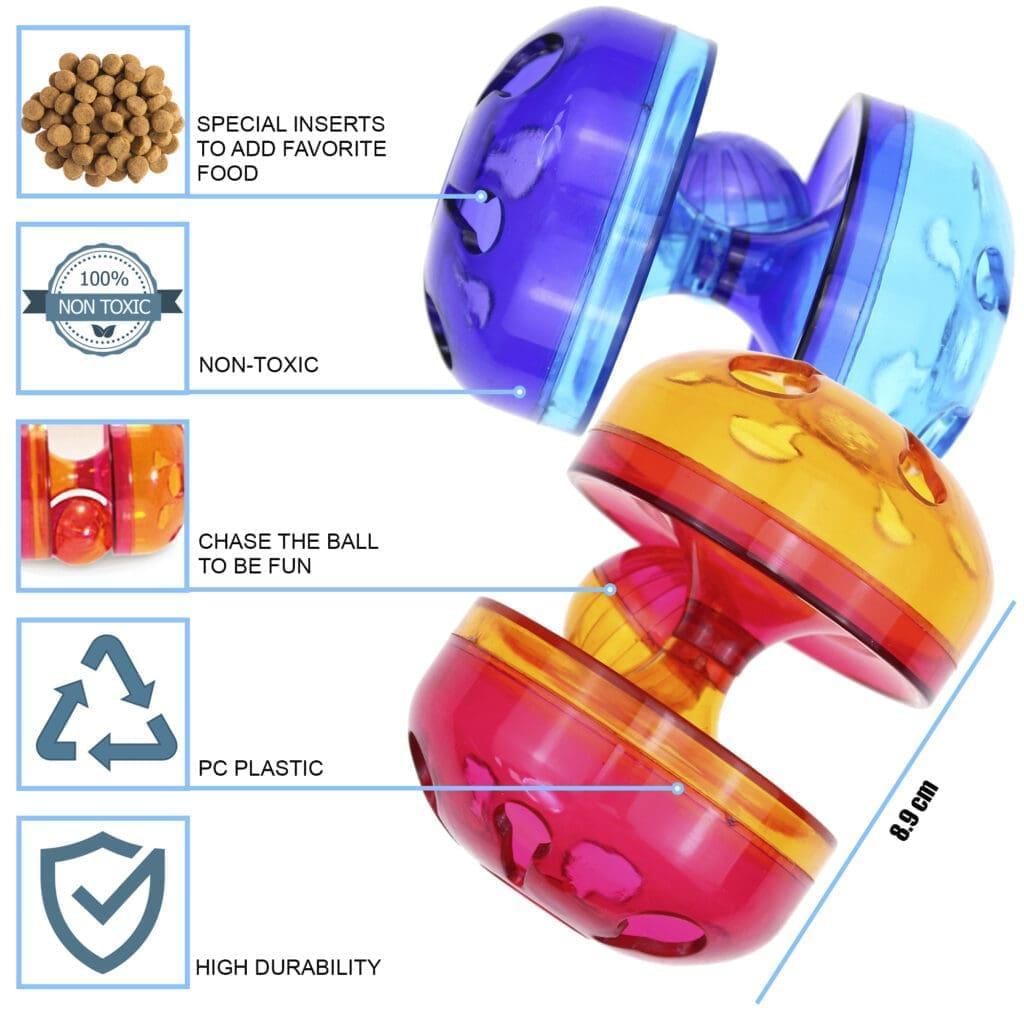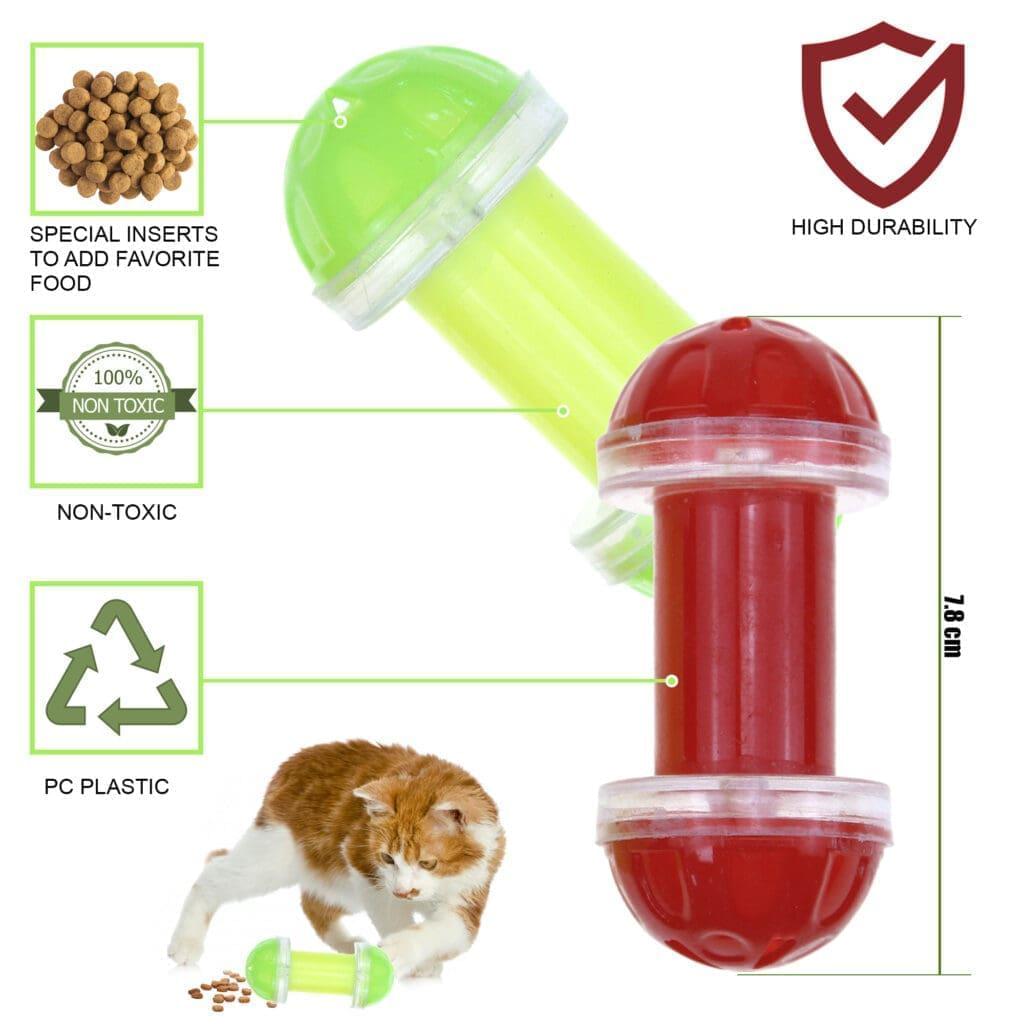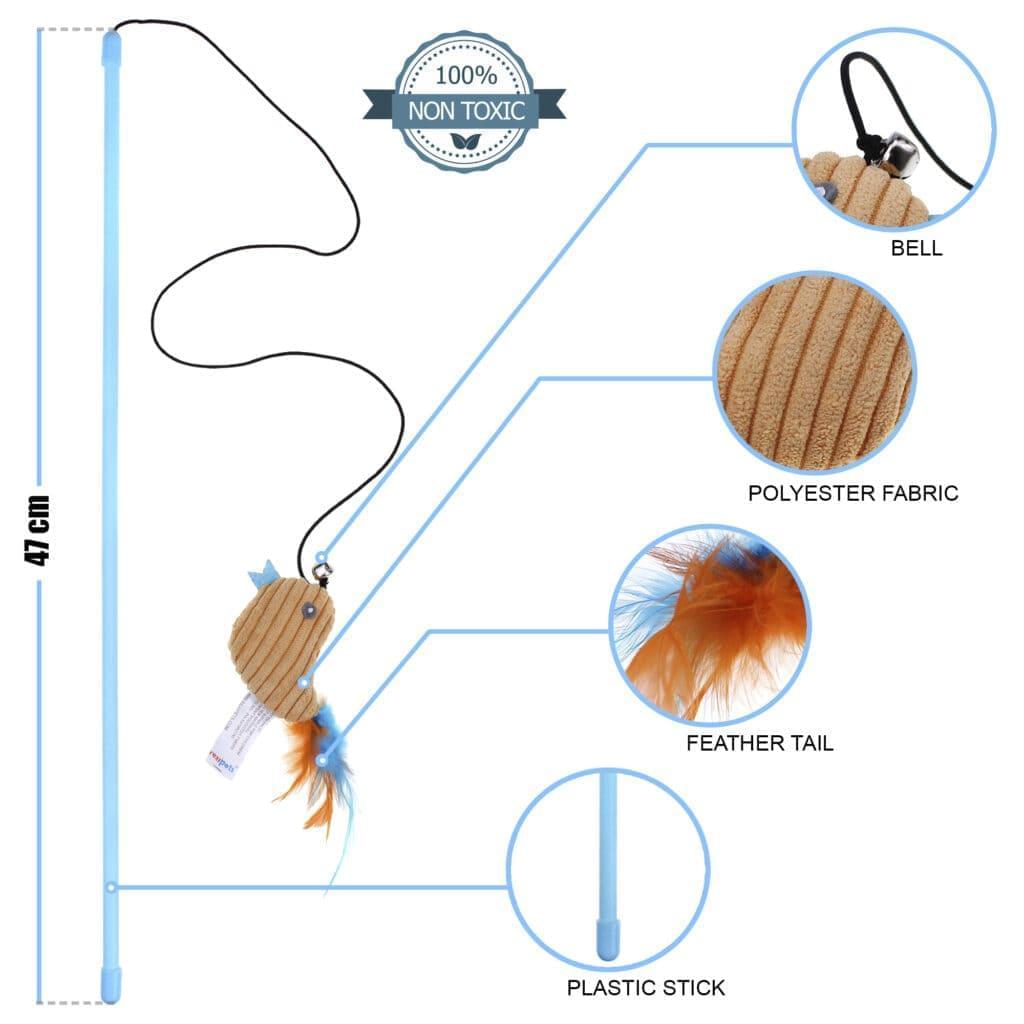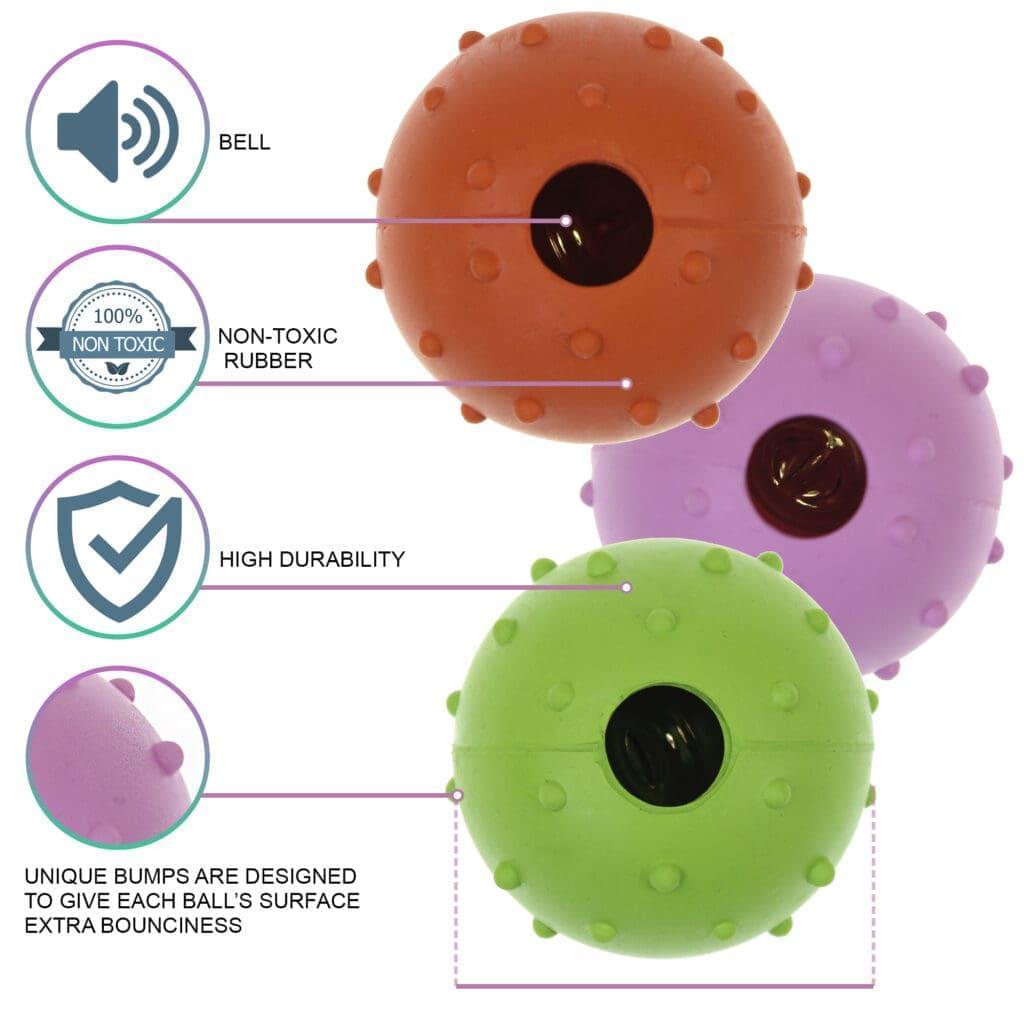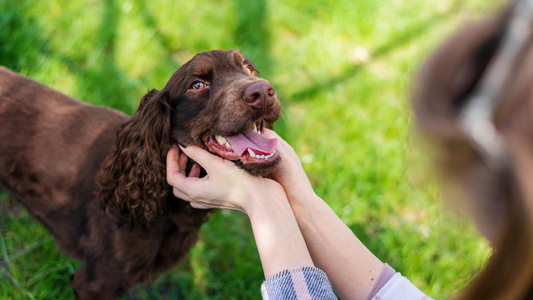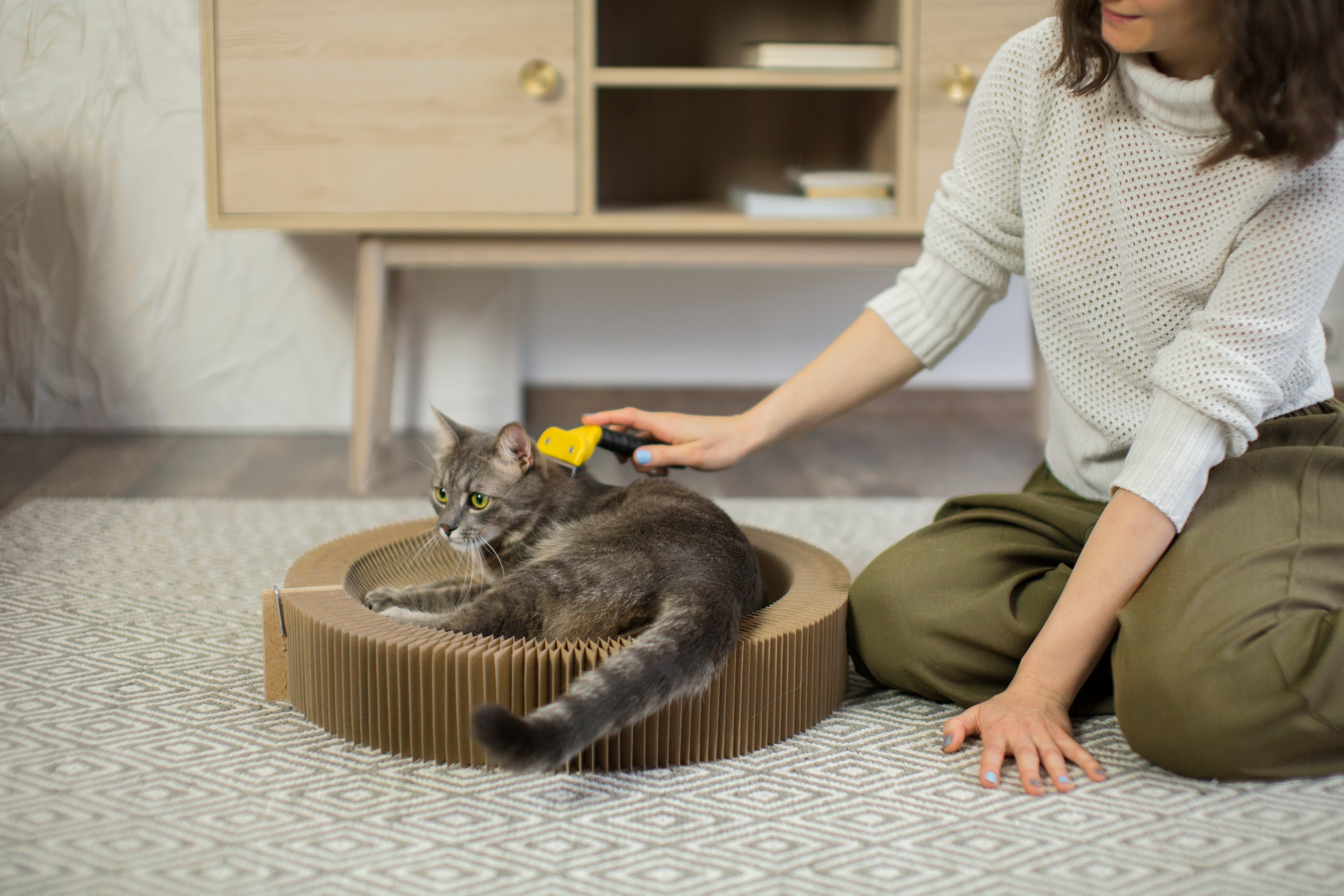
Do you ever pet your cat and feel the chunks of hair clumped together between a smooth cat's coat? Well, these are mats, and a lot of cat owners face this issue.
So today, we at Rexipets will talk about matted cat fur. We will uncover the causes, prevention, and treatment of this setback that a lot of cat owners suffer. So, whether you are a new cat owner or a seasonal one, don't worry! We're here to break down the why, how, and what to do about matted cat fur.
So, grab your favorite hot beverage, settle in, and let's unravel the secrets behind matted fur. With a bit of know-how and a lot of love, you can make sure your furry friend's coat stays charming and your cat's health stays top-notch.
What Exactly is Matted Cat Fur?
In simple terms, matted fur happens when your cat's hair becomes tangled and knotted. It looks thick and clumpy, making it really tough, if not impossible, to comb through.
But wait a second. If you're not sure whether it's fur matting or just regular tangles, watch out for a few signs -firstly, if the fur doesn't feel soft anymore. Also, if it sticks up from your cat's body in clumps and doesn't go back to normal after a while, you might be dealing with matted fur. Another indicator of matted fur is if your cat seems extremely uncomfortable or shows signs of distress when you try to comb through the hair.
These tangled messes can pop up anywhere on your cat, covering its whole body or just in specific spots like its belly or lower back. However, it is important to note that it's not just a cosmetic issue; matted fur can be painful for your cat, as it can keep pulling on your cat's skin as it moves.
So, keeping an eye out for these signs can help you catch and deal with matted fur early on, making life more comfortable for your furry friend.
What Causes Matted Cat Hair?
Matted fur on your cat means they might not be self-grooming well. This could happen for different reasons. Let's look at them in detail:
-
Excess fur
Mats can occur when there's too much fur in the undercoat. They appear if the hair doesn't shed easily or if it's not brushed regularly.
It's not just a problem for long-haired cats; even short-haired cats can face this. Short-haired cats can have thicker undercoats, making them prone to getting mats.
-
Humidity
A cat's undercoat can't loosen up or expand in humid or damp conditions, leading to mats. This is particularly the case during heavy shedding seasons like spring and fall, making matting frequent.
-
Infections
Skin infections or wounds can lead to matting over the affected part. This can limit air circulation and make the underlying condition worse, along with skin irritation.
-
Breeds
Certain cat breeds are prone to matting because they have a dense undercoat. Breeds with thick and luxurious fur include Persians, Himalayans, Maine coons, Ragdolls, Norwegian forest cats, Siberians, and cat breeds related to Russian blues.
-
Excess Body oils
Cats with hyperthyroid disease, intact cats, especially males, and those with seborrhea often produce extra body oils. Any condition leading to an excess of oils can also result in matted fur.
-
Age
When a cat is young and full of energy, it can twist its spine almost all the way around to clean every part of its body. But as cats get older, it's harder for them to move around, especially to groom some tricky spots.
The result, as noticed by experts, is oily patches on the back, hips, and near the tail base, which can cause matting.
-
Obesity
Similar to older cats, if a cat is overweight, it can't twist and clean itself properly. Plus, extra weight may lead to more oil production, making the matting problem even worse.
3 Ways to Prevent Matting in Cats
Having matted hair can be uncomfortable for your cat. But you can prevent fur matting by changing what your cat eats and making sure to groom them regularly. Here are some simple tips from the experts to avoid this minor nuisance as pet parents.
-
Home grooming
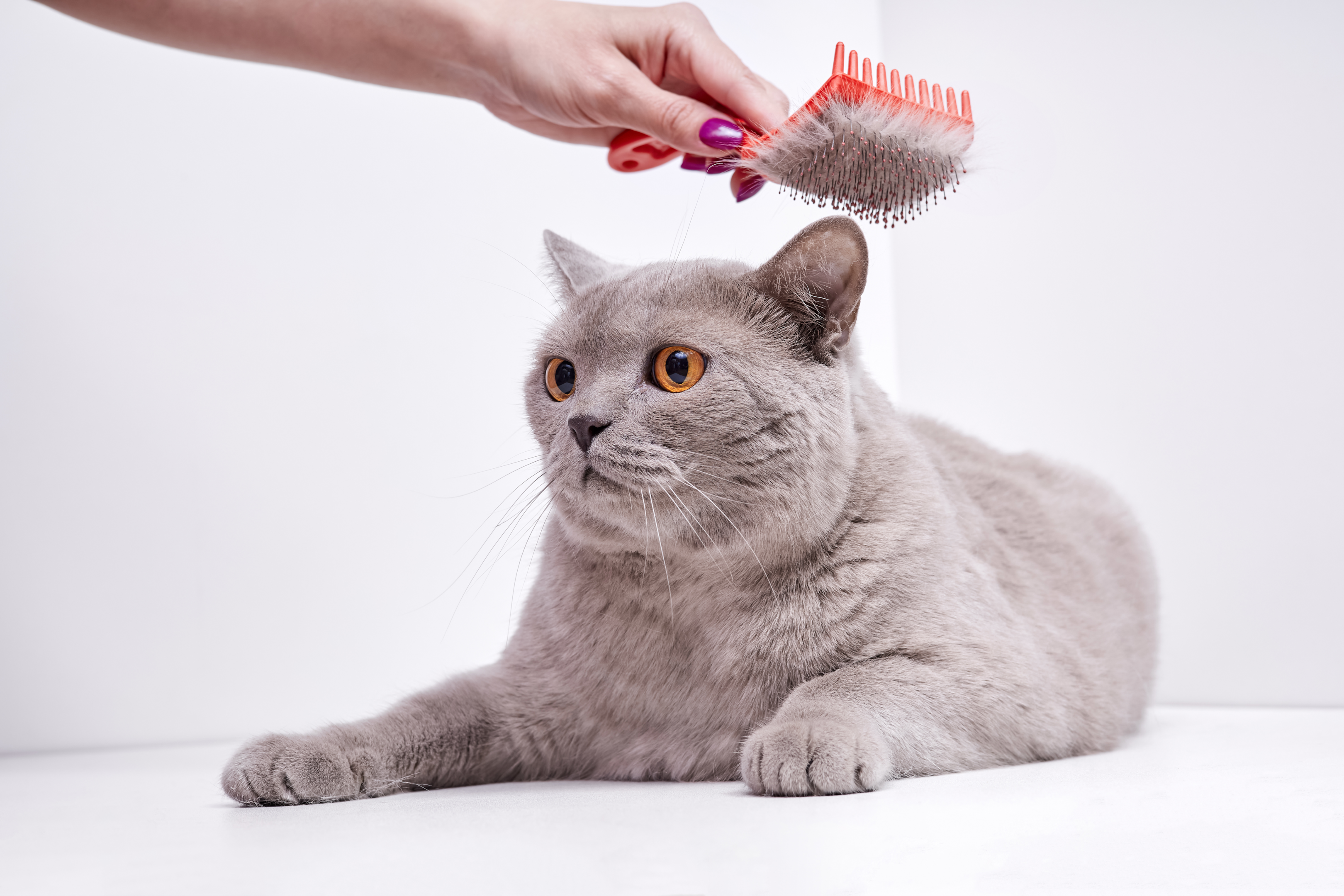
Brush your cat a few times each week; it not only helps prevent cat mats from occurring but also creates a strong bond between you and your cat.
If your cat's fur is oily, visit your vet to find the underlying cause. Give your cat regular baths using a shampoo and conditioner recommended by the groomers. Use the Best Cat Brushes you can get.
-
Professional grooming
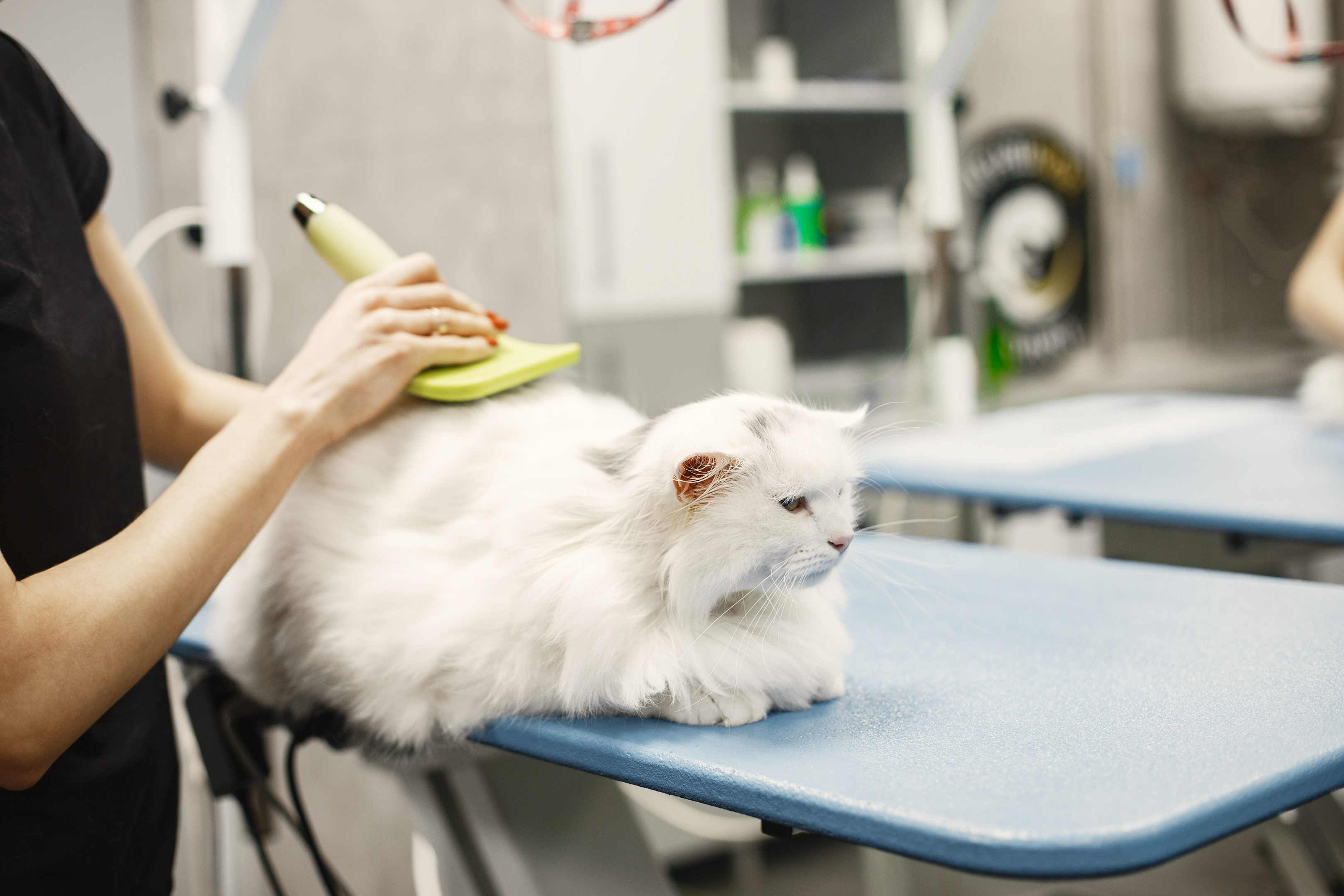
For cats with longer to medium-length fur, a de-shedding service by a professional groomer can be super helpful. This involves a thorough thinning of the undercoat, usually done twice a year, mostly in early spring and mid-fall.
If your cat is extra fluffy, they might need this professional de-shedding up to four times a year, along with your regular at-home brushing.
-
Diet
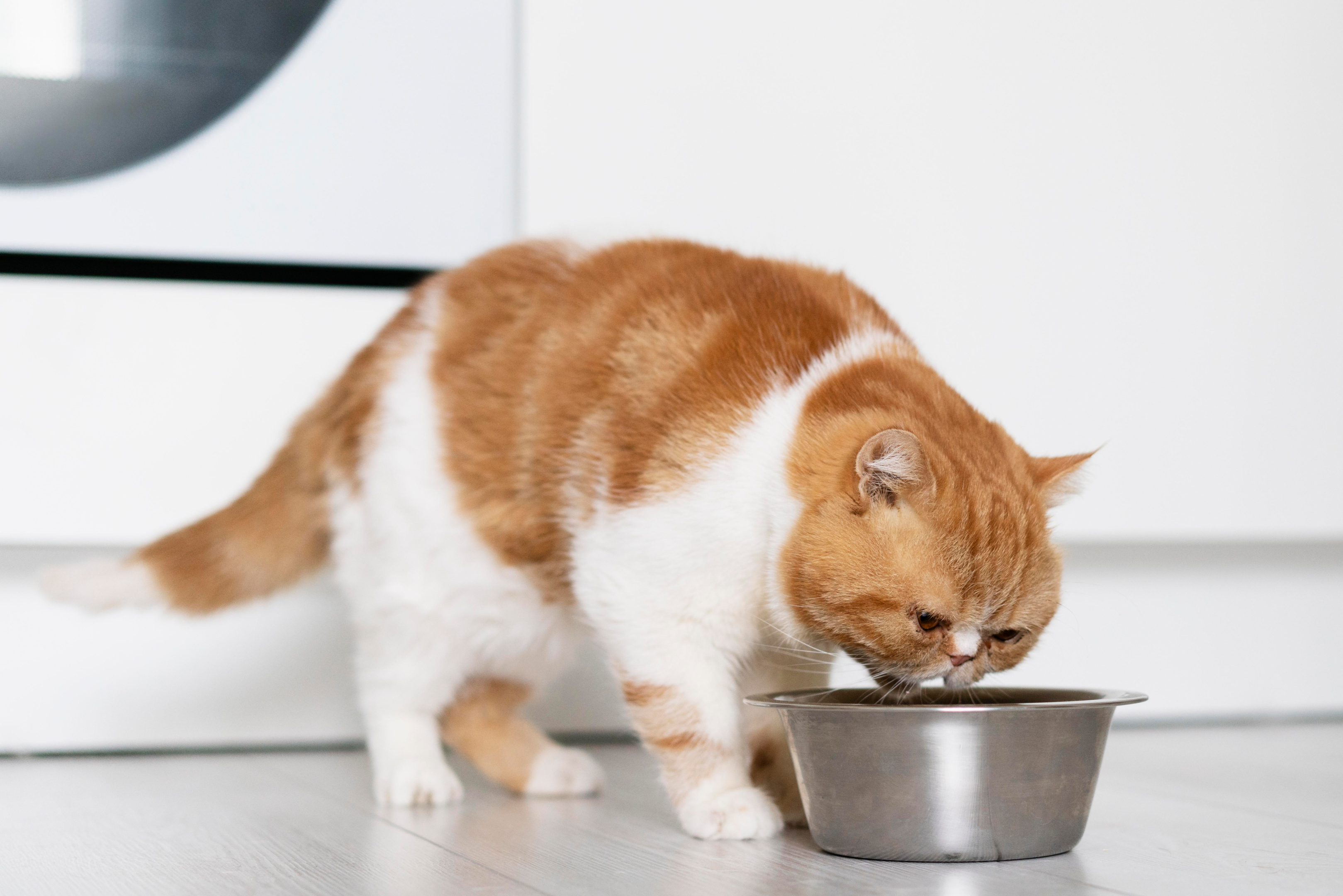
An easy way to make your cat's skin and fur healthier is by giving them an omega-3 fatty acid supplement with their usual meals. When choosing cat food rich in omegas, go for those with omega-3 and omega-6 acids or cold-water fish oils.
Moreover, keep the fat content between 25-35 percent to prevent your cat from getting obese. If weight is a concern, have a chat with your vet about the right weight and how many calories your cat needs.
How to Get Rid of Cat's Matted Fur
Removing mats from your cat's fur is a delicate task, and every professional cat groomer strongly advises against using scissors. Sometimes, cat owners may accidentally harm their cats as it's hard to see what's happening beneath a mat in a thick coat if you cut mats.
Considering using olive oil or some other oil to smooth things out? Well, that's a no-go too. Any type of oil can make the matting worse by causing clumps.
It's recommended to steer clear of using products or giving a matted cat a bath altogether.
-
Gather your tools
If the tangle is tiny, just use your hand to gently work it out with your fingers. But for larger and tighter knots, you'll need a good brush. When dealing with mats, go for brushes with metal teeth, like slicker brushes, de-matting rakes, or skip-tooth brushes.
-
Work out the cat mats.
When your cat is calm, it's a good idea to divide the matted hair from the nonmatted part. Try to isolate the mats carefully. To avoid hurting your cat's skin, gently put one hand on your cat. With your other hand, slide the comb's teeth under the mat, slowly loosening the hair. Gently brush, working your way out of these cat mats. It requires a lot of patience, but hang in there. You got this!
-
Talk to a Professional Groomer
Some spots, like behind the ears, the sanitary area, and the armpits, can be too delicate for the comb to work well. If your cat has severe matting in these areas, it's a good idea to give up trying on your own and get in touch with a professional groomer.
Final Words
To sum up, taking care of your cat's fur is really important. We've learned that mats in their fur can happen because of obesity, health issues, the breed of the cat, or just getting older. Steps to prevent these tangles involve regular grooming, a good diet, and keeping an eye on your cat's behavior.
So, to keep your cat comfy and happy, make sure to take good care of their fur. Regular brushing, a healthy diet, and knowing when to get help from a pro can make a big difference.
FAQ
Why do cats get matted fur?
Matted cat fur can occur for a bunch of reasons, including - obesity, excess body oil, aging, infection, or simply humidity.
